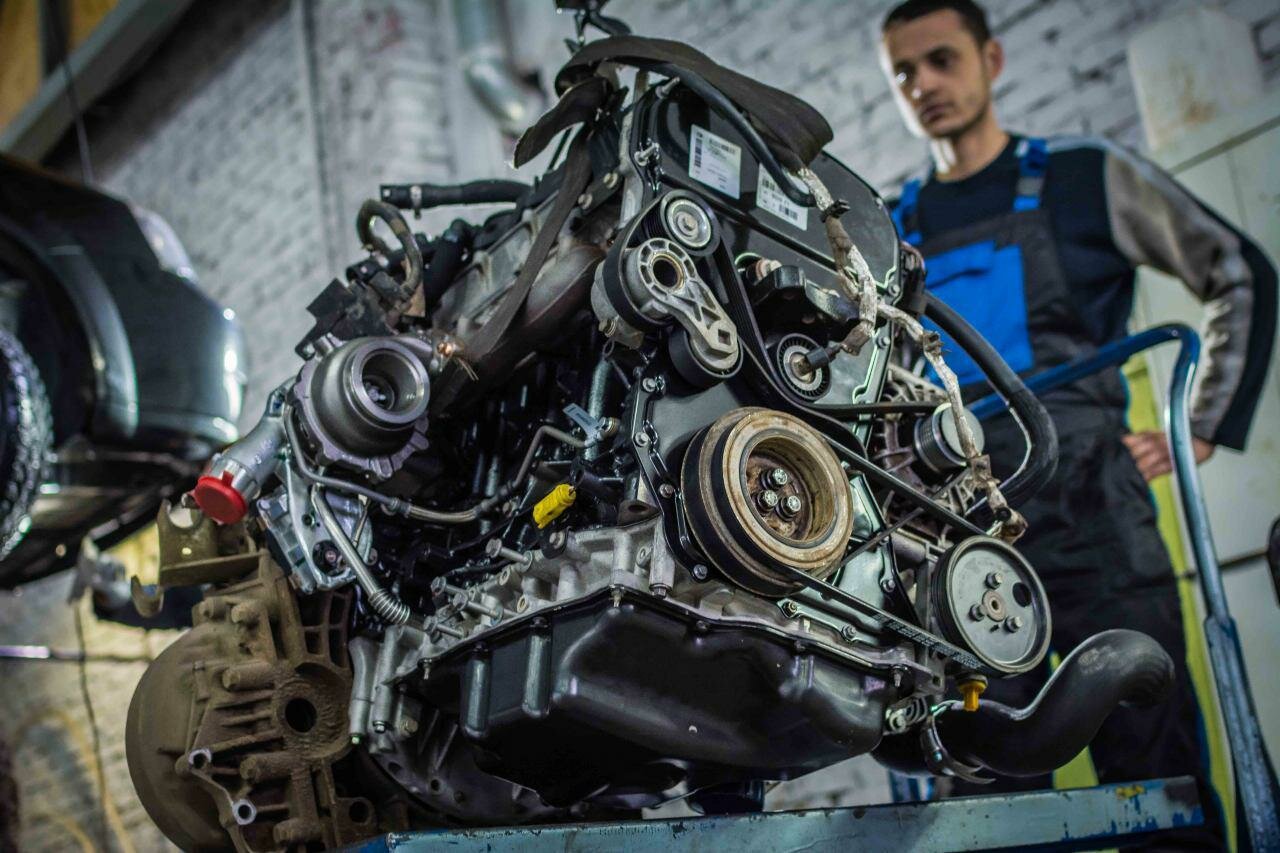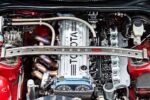BMW N52 Engine: A Brief Overview
The BMW N52 engine, produced from 2005 to 2015, is a part of BMW’s inline-six family and represents a significant step in the evolution of the brand’s engine technology. This engine was designed to replace the M54 engine and was notable for its use of magnesium-aluminum construction, which contributed to weight savings and improved efficiency. The N52 was available in various models, including the 325i, 328i, and 330i, and was praised for its smooth power delivery and overall performance.
Performance and Innovations
The N52 engine featured several innovative technologies, such as Valvetronic, which allows for variable valve lift, and Double Vanos, which optimizes the timing of the intake and exhaust valves. These advancements aimed to enhance fuel efficiency and reduce emissions while maintaining the performance characteristics that BMW enthusiasts expect. With a displacement of 3.0 liters, the N52 engine produced between 143 to 255 horsepower, depending on the specific model and tuning.
Despite its initial acclaim, the N52 engine is not without its issues. Over the years, owners have reported a range of problems that can affect the engine’s reliability and performance. Understanding these issues is crucial for current and prospective owners, as they can lead to significant repair costs and impact the overall driving experience. This article will delve into the common problems associated with the BMW N52 engine, providing a clear picture of what to expect and how to address these challenges.
Common BMW N52 Engine Problems
The BMW N52 engine, while innovative and capable, has its share of problems that can affect performance and reliability. Understanding these issues is essential for owners and potential buyers. Below are some of the most frequently reported problems associated with the N52 engine.
1. Oil Leaks
Oil leaks are a common issue with the N52 engine, often stemming from the valve cover gasket or oil filter housing gasket. These leaks can lead to low oil levels, which may cause engine damage if not addressed promptly.
2. Water Pump Failure
The water pump in the N52 engine is known to fail, often without warning. A malfunctioning water pump can lead to overheating, which poses a serious risk to the engine. Signs of water pump failure include:
- Overheating engine temperature gauge
- Coolant leaks under the vehicle
- Unusual noises from the engine bay
3. Vanos Issues
The N52 engine utilizes a Vanos system for variable valve timing. Problems with the Vanos solenoids or the timing chain can lead to poor engine performance, rough idling, and increased emissions. Symptoms may include:
- Check engine light activation
- Loss of power during acceleration
- Rough engine idle
4. Fuel Injector Problems
Fuel injectors can become clogged or fail, leading to poor fuel delivery and engine misfires. This can result in decreased fuel efficiency and increased emissions. Signs of fuel injector issues include:
- Engine misfires or rough running
- Poor fuel economy
- Increased exhaust emissions
5. Ignition Coil Failures
Ignition coils are another component that can fail in the N52 engine. A faulty ignition coil can cause misfires, rough idling, and a significant drop in performance. Symptoms of ignition coil failure include:
- Check engine light illumination
- Rough engine idle
- Decreased acceleration
6. High-Pressure Fuel Pump (HPFP) Issues
The high-pressure fuel pump in the N52 engine is known to fail, which can lead to stalling and difficulty starting the engine. This issue is particularly prevalent in models equipped with direct injection. Symptoms of HPFP failure include:
- Engine stalling
- Difficulty starting the engine
- Loss of power during acceleration
Top views |
|
|---|---|
 |
Oil, Timing Chains, Pistons: What Really Kills an Engine Prematurely? |
 |
How to Choose a Car with a Reliable Engine: Used Car Market Hacks That Actually Work |
Symptoms and Consequences
Understanding the symptoms associated with these problems is crucial for timely intervention. Below is a table summarizing the common symptoms and their potential consequences.
| Symptom | Possible Consequence |
|---|---|
| Oil leaks | Low oil levels leading to engine damage |
| Overheating | Severe engine damage or failure |
| Check engine light | Potential performance issues or emissions failure |
| Rough engine idle | Decreased performance and driving experience |
| Engine stalling | Increased risk of accidents |




0 Comments